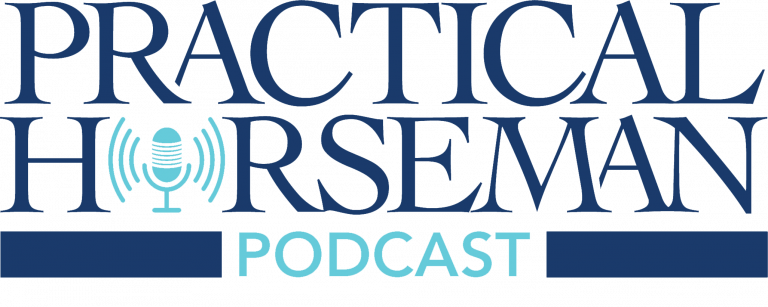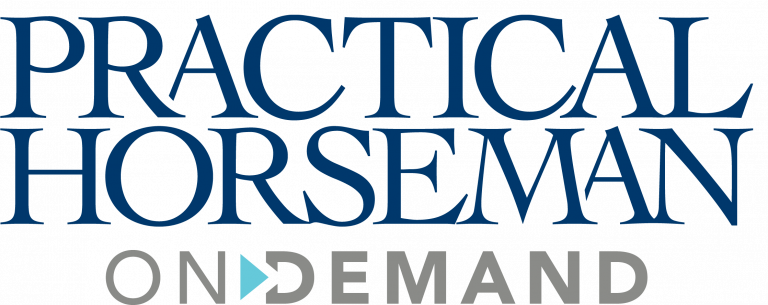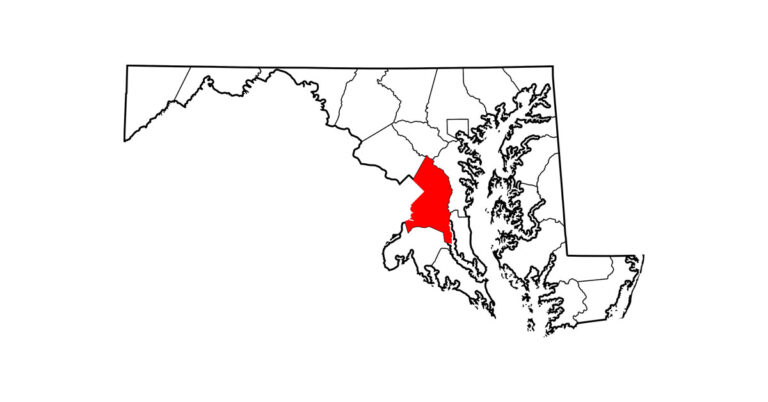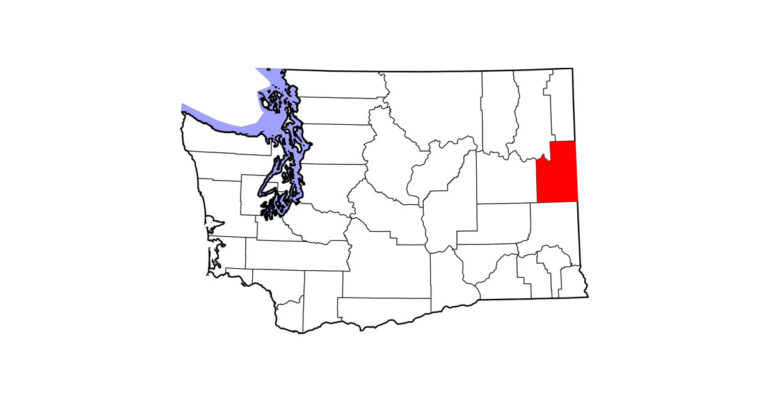Do look for characteristics of any good equine athlete:
- a supple, powerful, forward way of moving
- a clean, refined throatlatch and a jaw channel wide enough to fit your fist in
- withers blending smoothly into the neck and back but prominent enough to keep a saddle from slipping forward or to the side
- a deep heartgirth
- feet big enough for soundness, stability, and weight-bearing
- straight front legs
- substantial hocks
- gaskins that look wide, strong, and well-muscled from side and rear–insufficient hocks and wispy gaskins tend to look like Volkswagen spare parts stuck on a Lincoln Continental.
Do ask yourself the cold, hard question: “Do I really want a foal out of my mare?” (See “Should You Breed Your Mare?” in the January 1995 Practical Horseman.)
Do seek out a “dominant” stallion with a record for consistently producing offspring that are all the things you want: competitive, trainable, sound, and good-minded. But don’t rule out a stallion who’s not a perfect “10.” You’re not going to buy or ride him, and you won’t get his clone. In fact, many an outstanding sire who’s not much to look at may be a fine match for your mare because his strengths have the potential to counterbalance her weaknesses.
Do have a systematic plan for evaluating a stallion prospect. Otherwise you may end up relying on the “gee whiz” factor: whatever strikes you during general or casual observation.
Do look beyond breeding classes or futurities. Long-term performance and tractability are more important than beauty as a two- or three-year-old, and many futurity and on-the-line champions are never heard from again. And do keep statistics in perspective. If two stallions produce four nifty offspring each but one bred ten mares and one bred eighty, ask yourself: Which is the more consistent producer and possibly the better prospect?
Do look at stallion ads to narrow the field and sharpen your eye–but don’t ever breed off a photo. A photo may reveal a sickle hock, or a head you hate, but clever photography can exaggerate “good” qualities and conceal faults. And a photo can’t show all-important movement; for that, you must look at videotapes and/or see the stallion in the flesh.
Do know what you can accomplish. If your mare has navicular disease, no stallion on earth can be expected to repair that. If a stallion is otherwise magnificent but his head/neck, neck/wither, or back/loin connections aren’t good, your mare probably can’t make up for them. And don’t expect opposites to attract: Breeding extremes in hopes of ending up with the middle may just produce a bunch of mismatched parts. There is no set rule and no clear percentage for what your mare will contribute to her foal; her influence always depends on her qualities in combination with the stallion’s. The bottom line: If you breed a nice mare to an awful stallion (or vice versa), you can’t expect to end up with a nice horse.
Do consult reputable breeders with thriving operations. Not only can they offer a range of stallions (and advise on the best match for your mare), but they can show or refer you to several offspring of each stallion (and maybe help you find the dams to compare with your mare).
Excerpted from “Conformation Counts,” a story with dressage breed-show judge J. Ashton Moore and top hunter trainer Rodney Bross, in the January 1998 issue of Practical Horseman magazine.
Ready to look for a stallion for your mare? Search Stallions At Stud on Equine.com, the Equine Network’s premier classifieds site.










